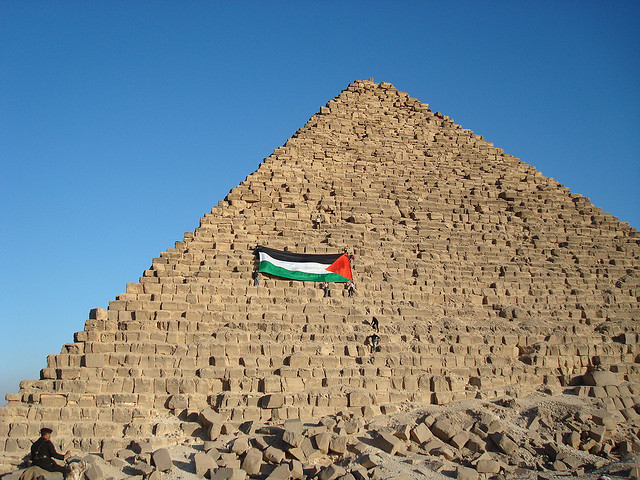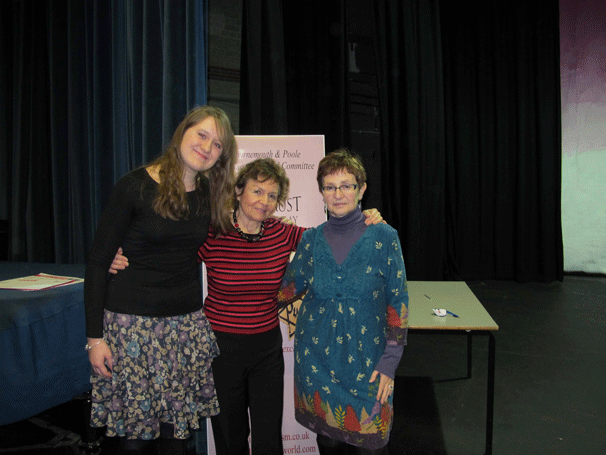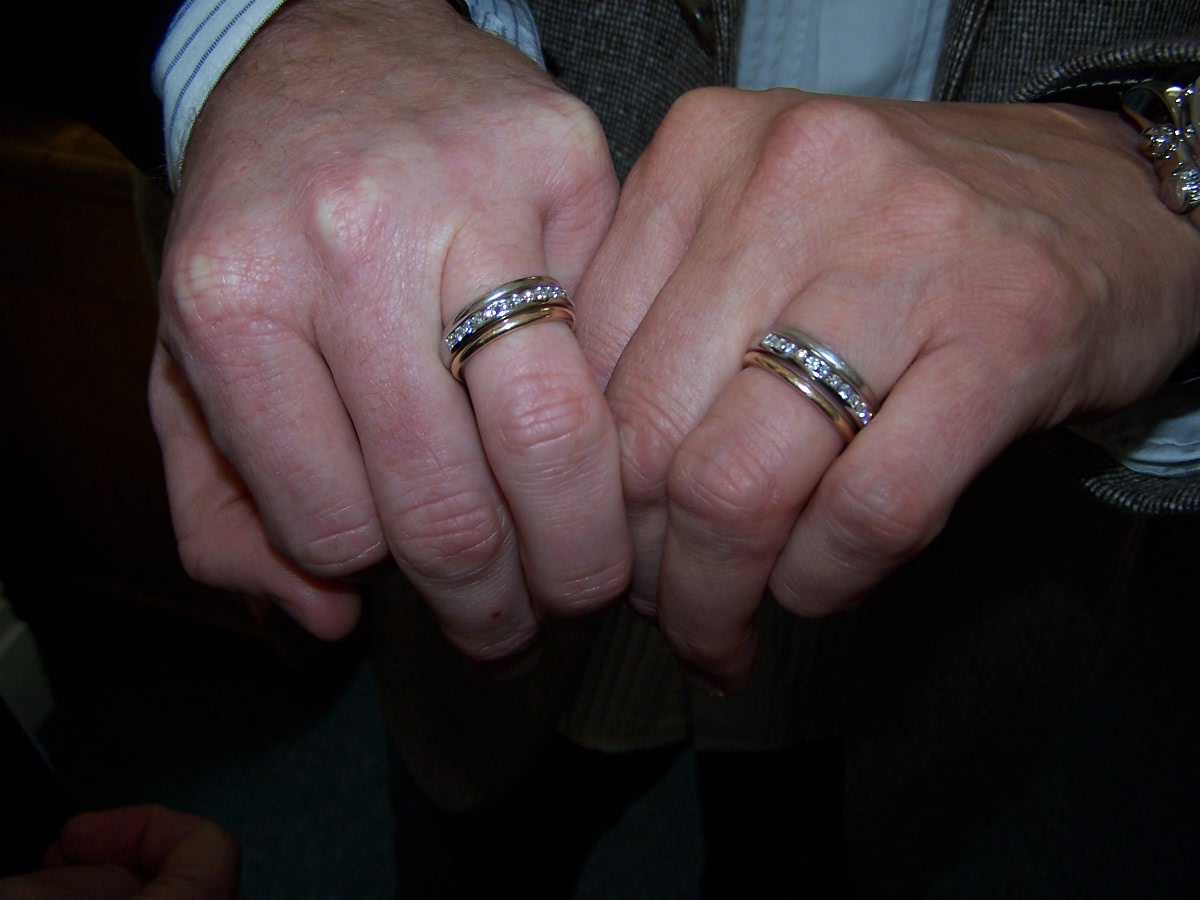The cease-fire brokered by Egypt halted eight days of cross-border combat that took 166 Palestinian and six Israeli lives, according to health officials.
Gaza rejuvenated after the cease-fire began; people surged on the streets after more than a week being entrapped in their homes. The euphoria of the cease-fire was evident in the streets of Gaza. Though, guns shots were heard, not in anger, but this time out of celebration. Normality has resumed in Gaza but it’s been severely knocked down. Thousands of people grieving once again would have to rebuild tarnished Gaza back to life.
Gaza’s intensive care-units tells that a lot more Palestinians have been killed and wounded than Israelis. Gaza is still hurting with its interior ministry being devastated; governing Gaza irrespective of the cease-fire is going to be harder with their main administrative center gone.
Finally, for the first time since fighting ended late Wednesday, children returned to school last Saturday. About 1.6 million people are children in Gaza. Thirty-four children and teenagers were amongst those killed in the fighting, according to Gaza health officials and local human rights groups. A total of 156 Palestinians were killed and 10 died after the spat due to wounds, they said.
In Gaza there are still funerals taking place along with mourning tents across the strip. Despite the huge number of lives lost and the destruction of the infrastructure, locals ponder that Hamas has displayed its strength. This is essentially after years of isolation Hamas has asserted itself as key player in that part of the world.
Political leader of Hamas, Khaled Meshaal, professed victory in Cairo.
“God has forced the hands of the Zionists to stop hitting our people in Gaza and they have submitted to our conditions.” BBC reported.
In Jerusalem, Benjamin Netanyahu, has hinted the possibility of cataclysmic steps by Israel and more “severe military action” if the truce doesn’t hold, Reuters reported.
[one_half] [/one_half] [one_half_last]“I know there are citizens expecting a more severe military action, and perhaps we shall need to do so,” Benjamin Netanyahu, prime minister of Israel, told a news conference as the ceasefire ending a week long Gaza offensive came into effect.
“But at this time the right thing for state of Israel is to use this opportunity to achieve a long lasting cease-fire.”
[/one_half_last] A poll conducted for channel 2 News reflected the opinion of people of Israel, which said 70% of Israelis were against the truce.
An attack on a bus in Tel Aviv that caused injuries has been praised by Hamas but not claimed by them. However, it didn’t derail the dialog, which is a sign that both sides want the agreement terms and peace to prevail.
Tel Aviv’s sense of security is immensely dented and a cease-fire might not bring that back. Israel’s allies didn’t want this war to continue and with elections in January the government decided not to mobilize its army to invade Gaza or thought it’s enough for now.
President of Egypt, Mohammad Mursi mediated the deal; he is an ally of Hamas and has earned high praises from America but is viewed with distrust by Israel.
[one_half]“This is a critical moment for the region. Egypt’s new government is assuming the responsibility and leadership that has long made this country a cornerstone for regional stability and peace,” Secretary of State Hillary Clinton said at a joint news conference with her Egyptian counterpart, Mohamed Kamel Amr.[/one_half] [one_half_last] [/one_half_last]
Egypt is hosting indirect talks between Israel and Hamas as Israel has eschewed Hamas as a terrorist group and refuted to negotiate with it directly.
[one_half]
Hamas and Israel are now going to negotiate a further easing of Gaza border blockade that was initially imposed by Israel and then- Egyptian President Hosni Mubarak after Hamas took over Gaza in 2007.
Israel essentially demands that Hamas should stop smuggling arms into Gaza, whilst Hamas asks for free movement of people and goods in and out of Gaza.
Due to security concerns, Israel restricted the movement of Gaza’s fishermen and farmers in border areas. Israel carved out a 300-meter zone few years ago to prevent militants from sneaking into Israel.
[/one_half]
[one_half_last] Ceasefire deal
- Israel to end all hostilities on Gaza Strip by sea, land and air, including incursions and the targeting of individuals
- All Palestinian factions in Gaza to stop all hostilities against Israel, including rocket and border attacks
- After 24 hours from start of ceasefire, talks to begin on opening crossings into Gaza and allowing free movement of people and goods
- Egypt to receive assurances from both sides that they will abide by the deal, and will follow up any reports it has been broken
[/one_half_last]
Anwar Qdeih, 23, became the first casualty of this fragile truce, he was shot dead by the Israeli soldiers as he and a crowd of young Palestinians approached the fence between Gaza and Israel.
A Relative of Qdeih said that Anwar was trying to put Hamas flag in the fence.
“The army fired three times into the air … then they shot him in the head,” the relative told Reuters news agency.
Yet more casualties for Palestinian doctors to treat as fifteen others were injured in this confrontation, according to AlJazeera. Hours later more young Palestinians gathered at the border, face to face with the Israeli patrolling soldiers, more warning shots were fired but this time no deaths or injuries.
However, There are signs that Hamas wants to calm things down.
“We are investigating the case and accordingly we are going to tell Egypt about the event. Our information is that it was not an Israeli aggression” Mahmoud Zahar, Hamas leader told AlJazeera.
It was the first real test of this fragile truce between both sides. Hamas seems keen to let it pass without escalation. It remains to be seen if the cease-fire will work in this bitter conflict that has claimed so many lives.
Main image: Codepinkhq








